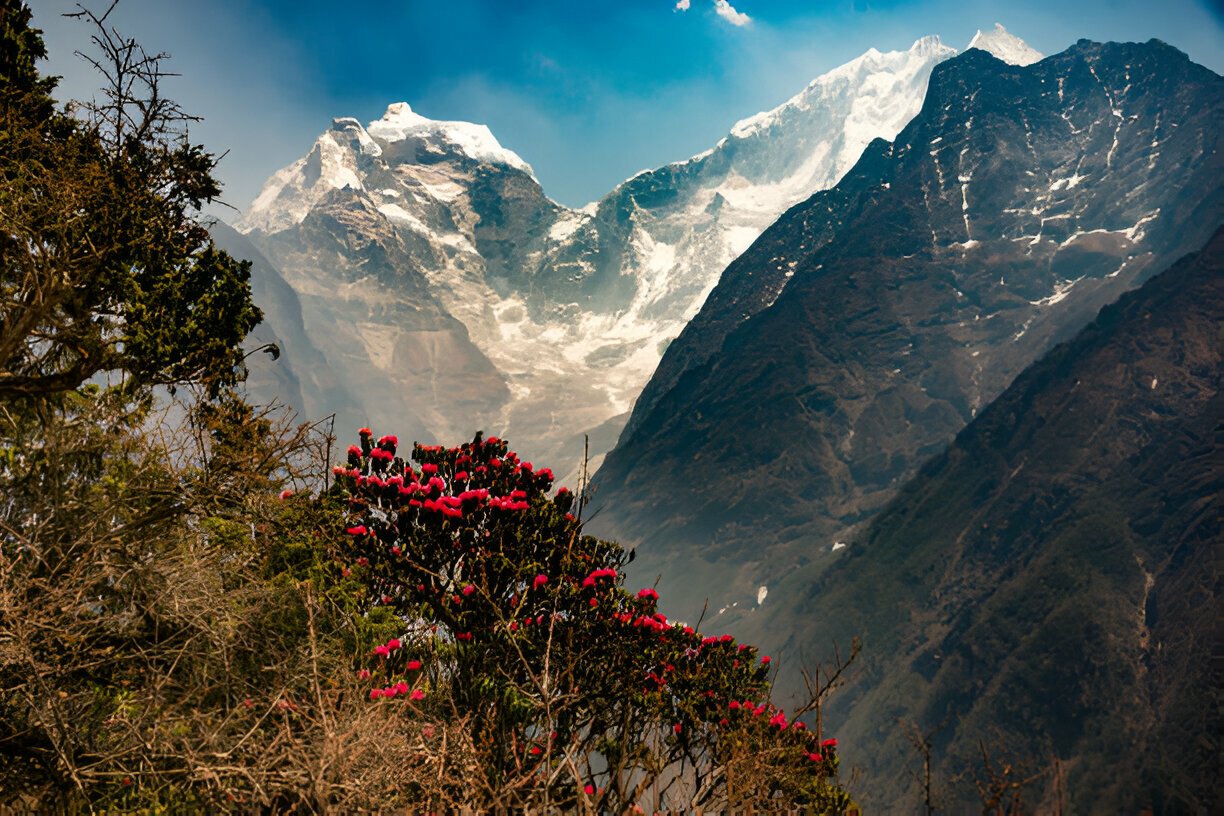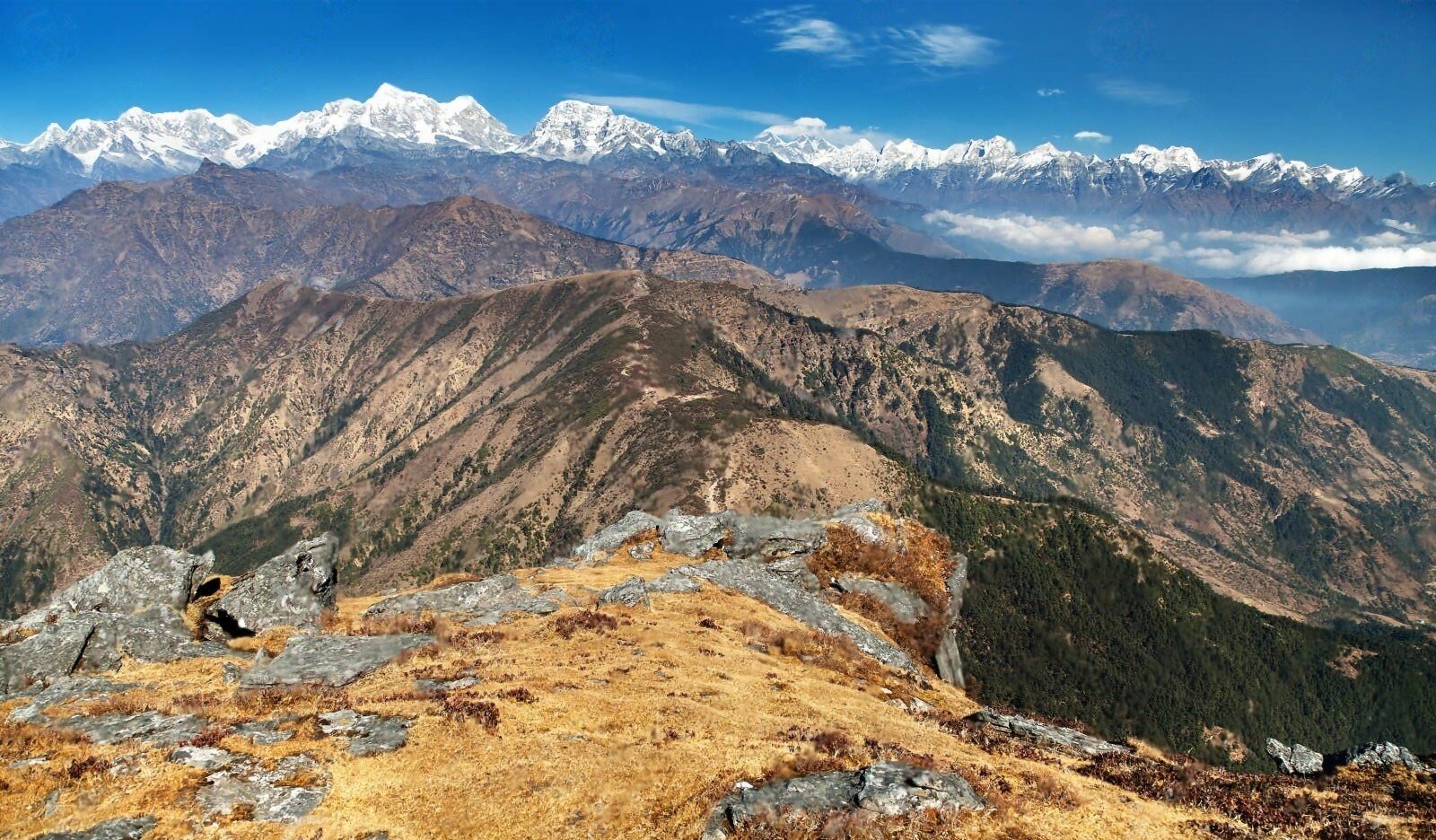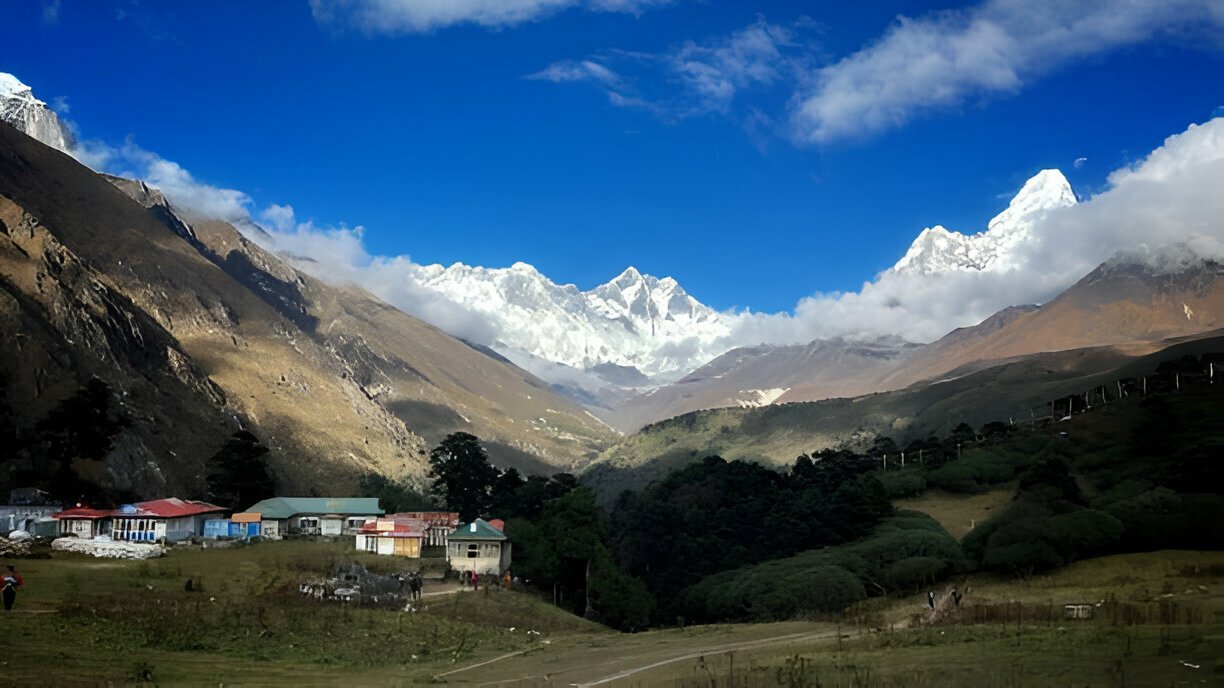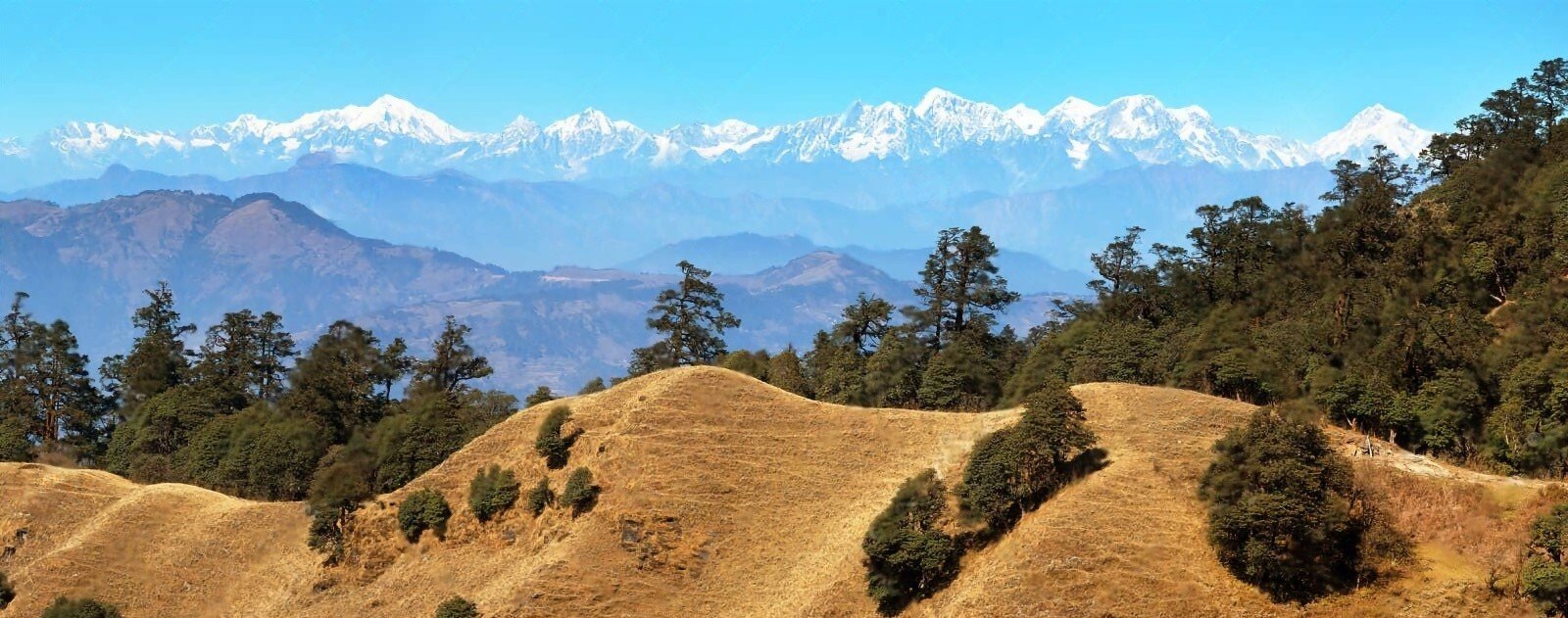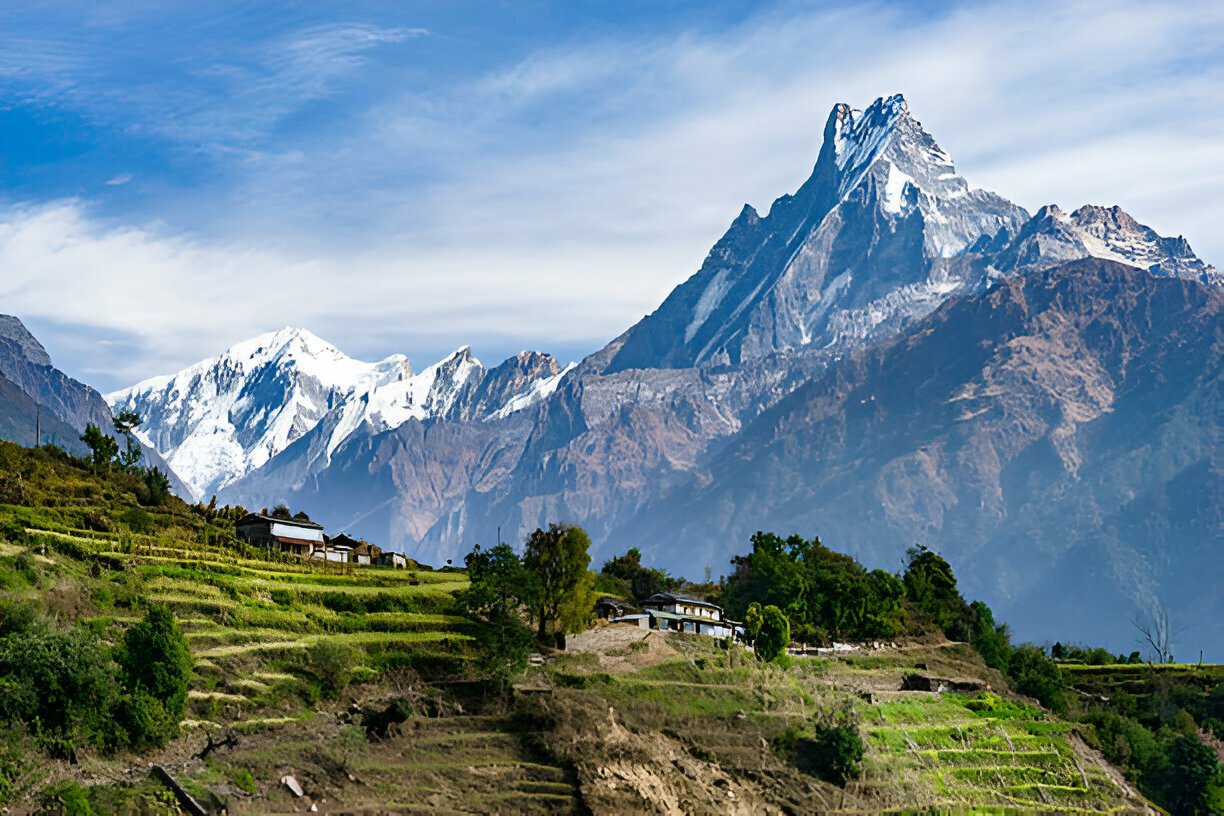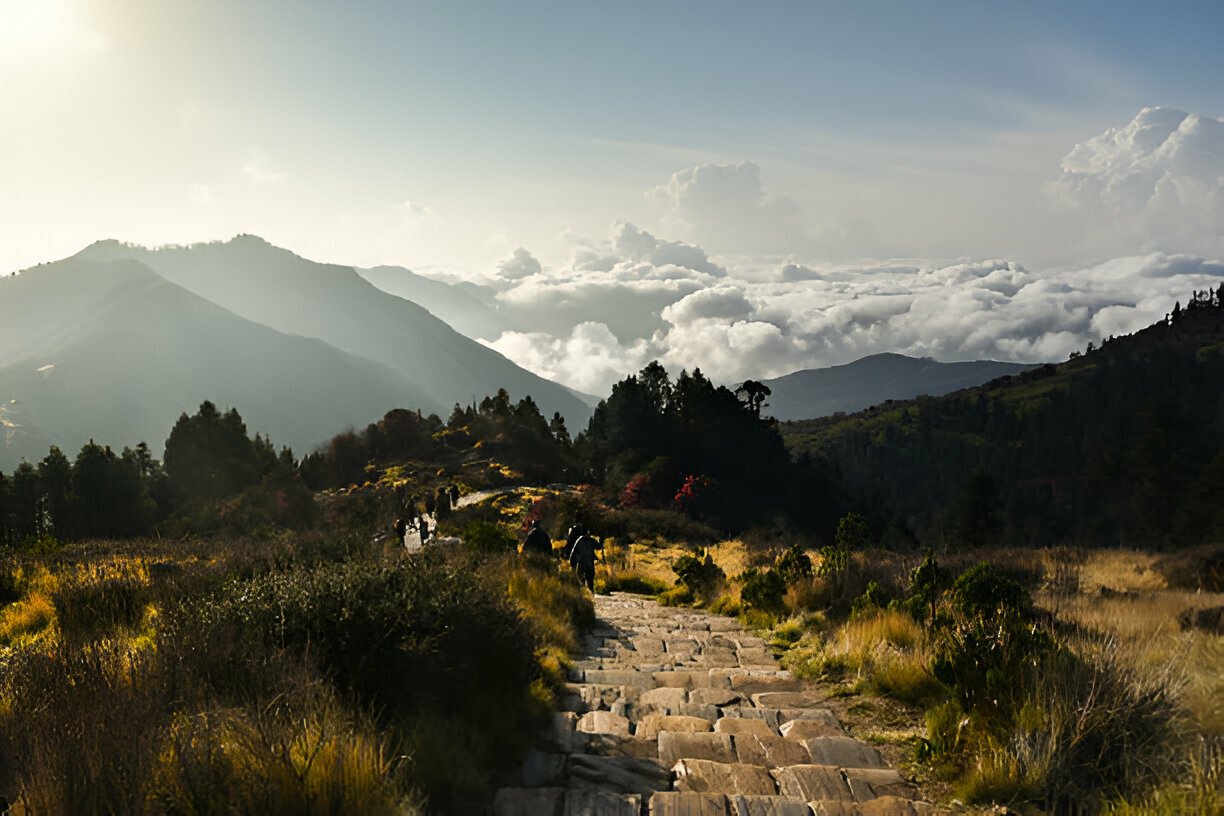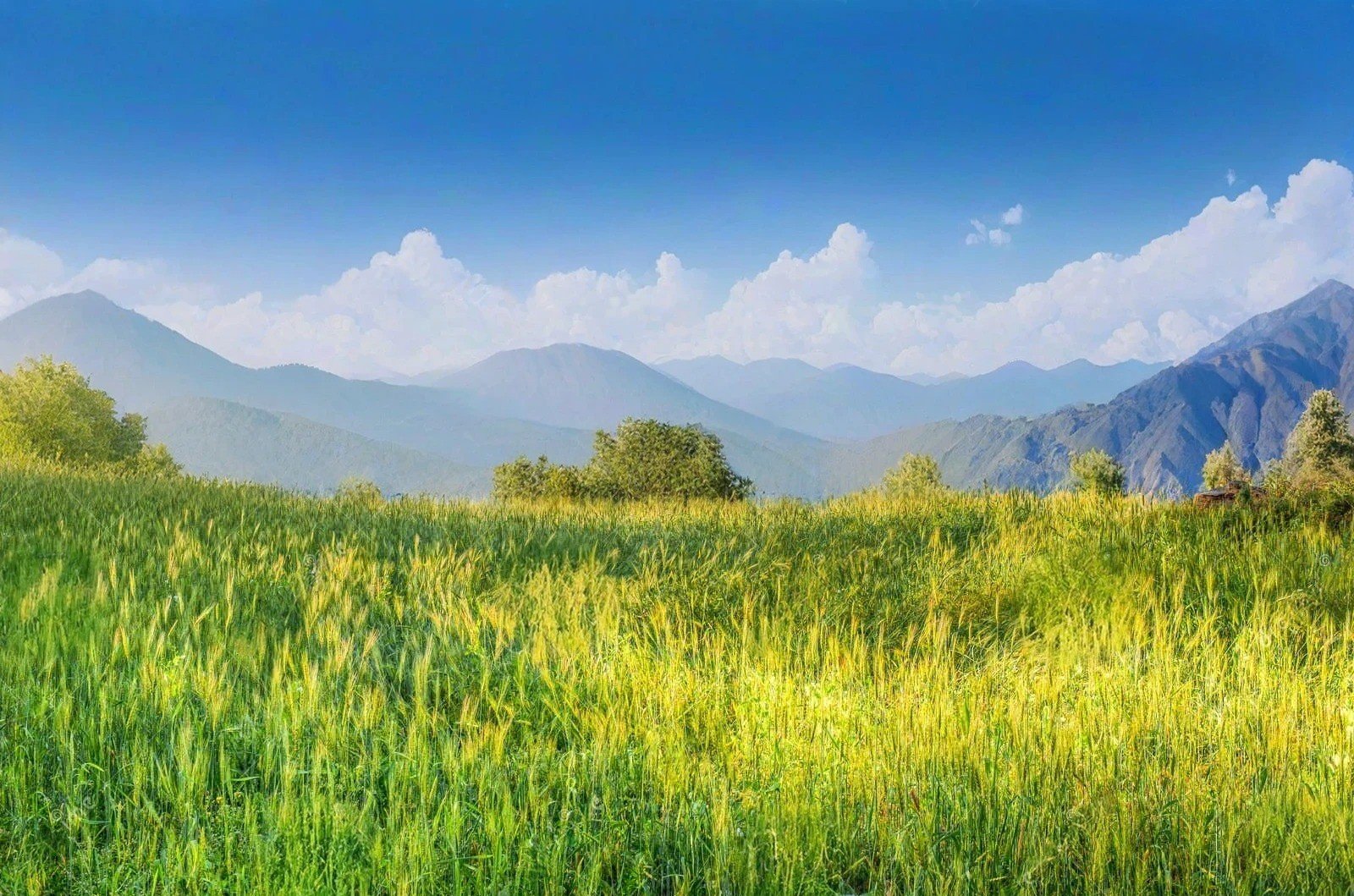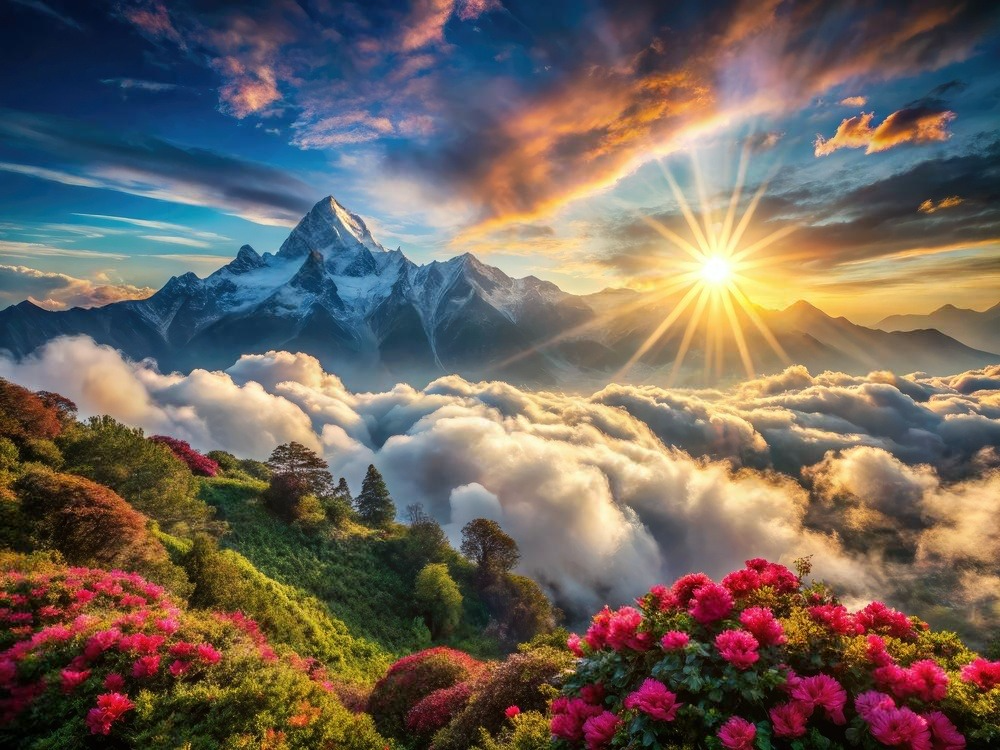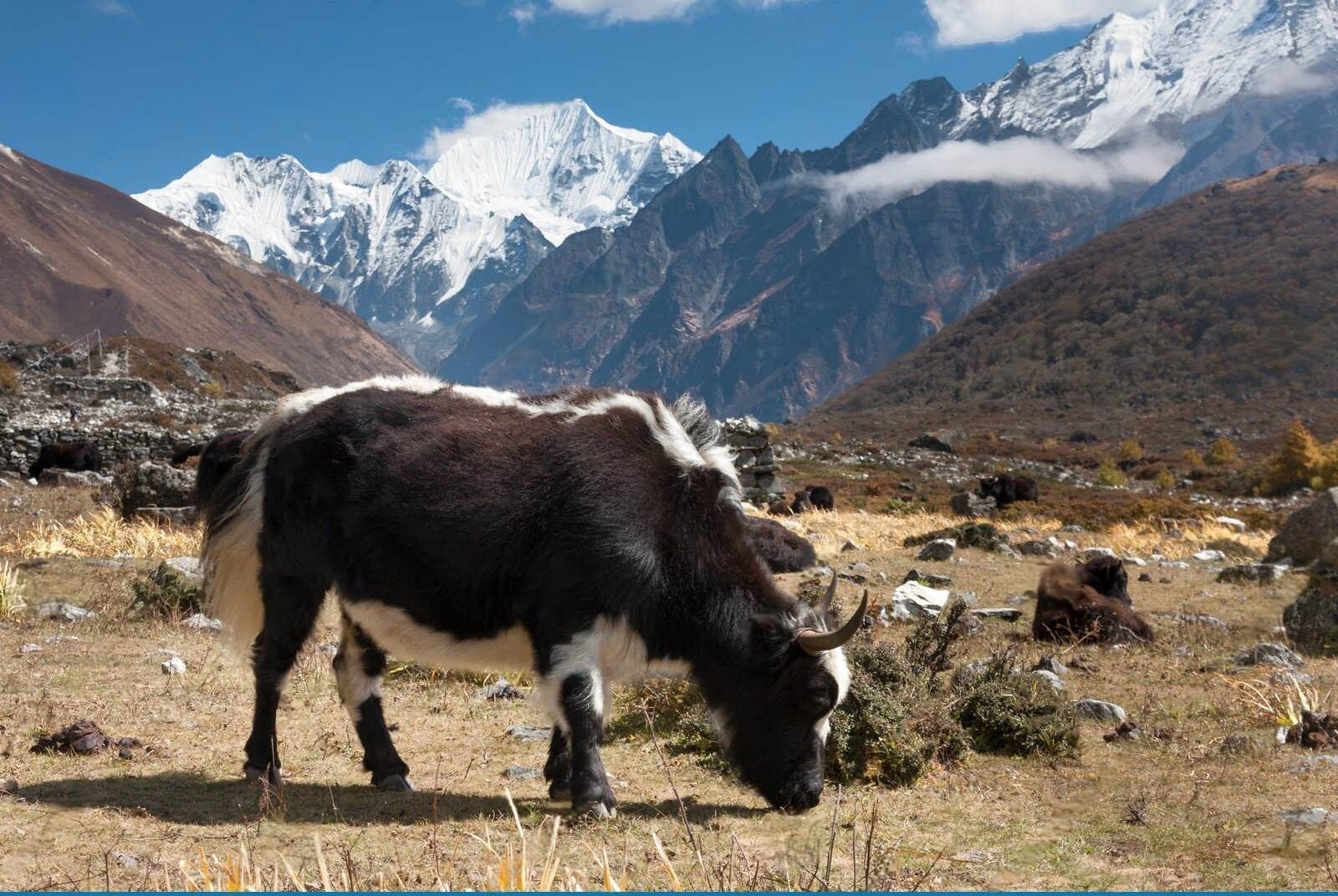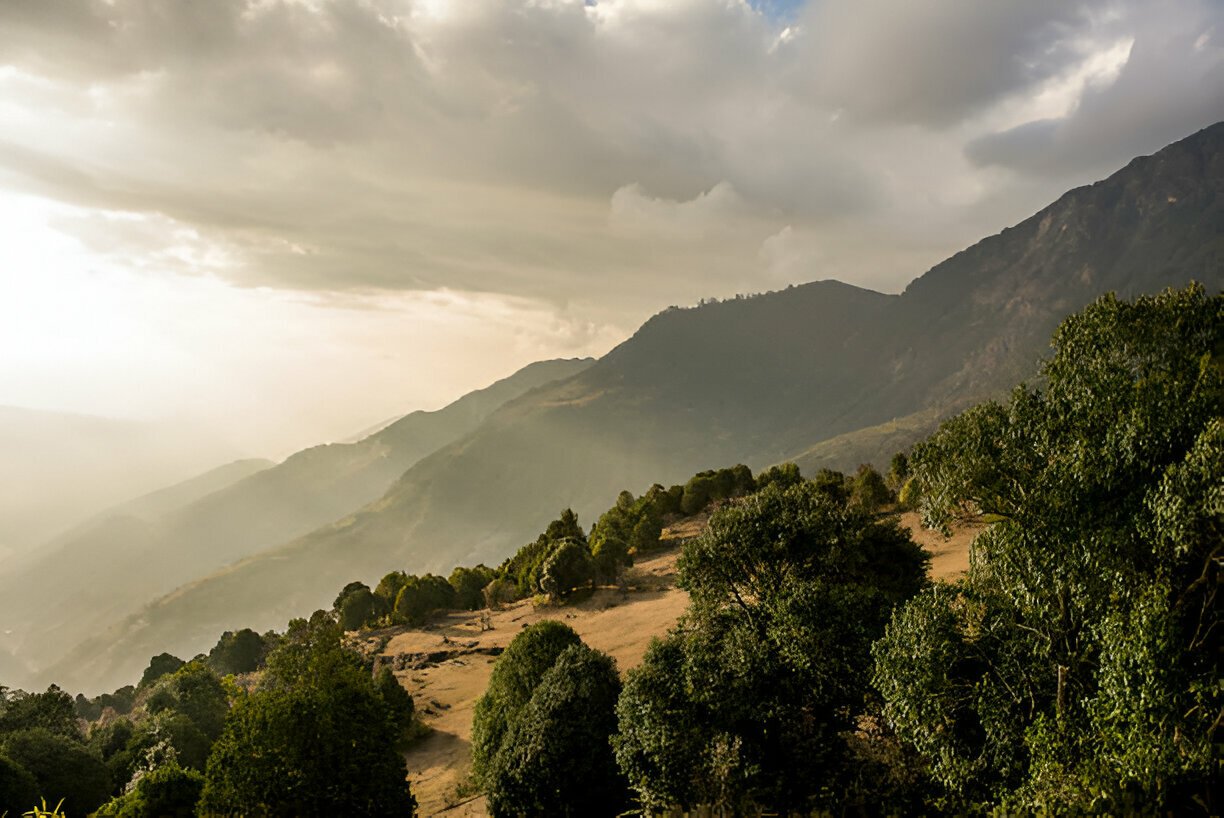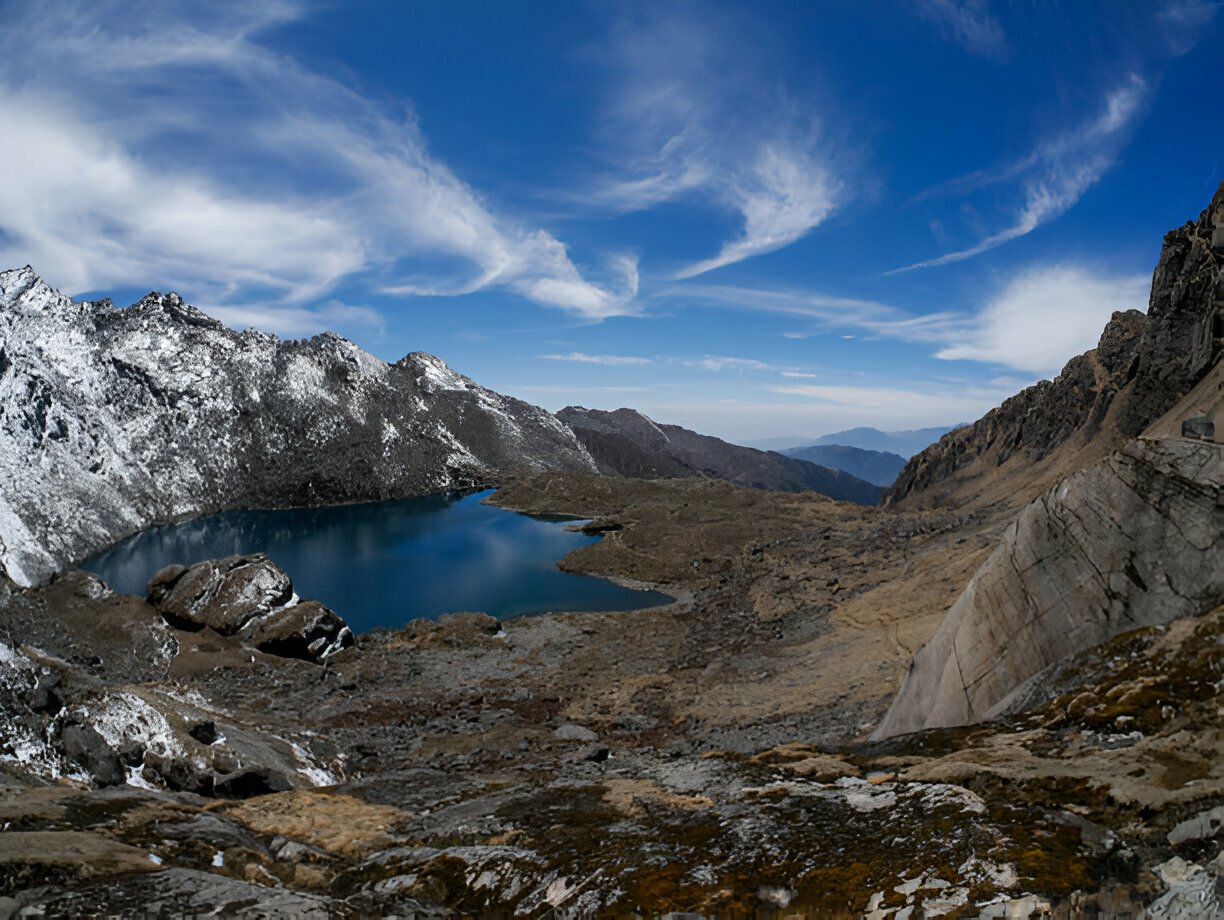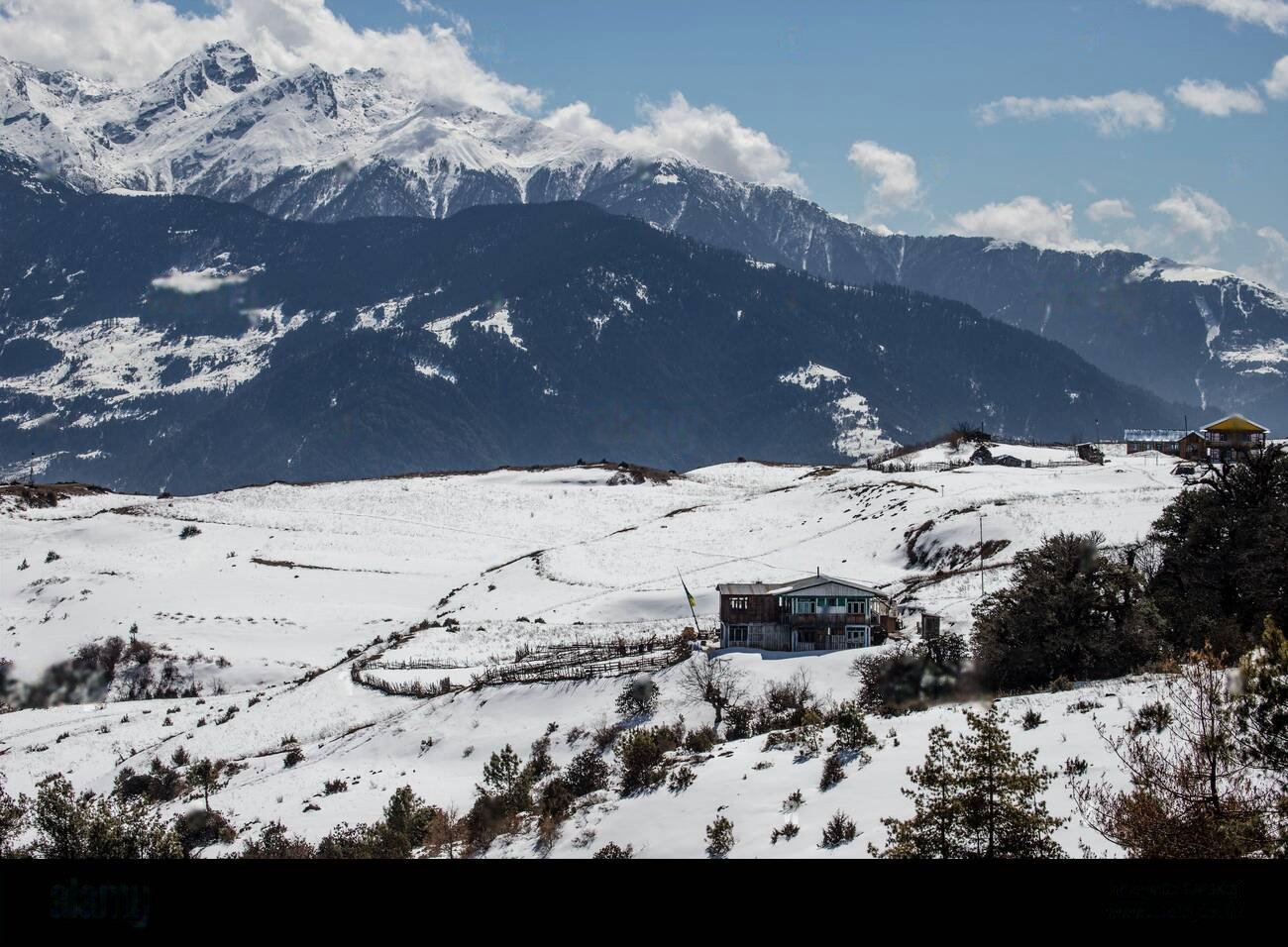 About this Trip
About this Trip
The Gosaikunda Lake Trek represents a perfect fusion of natural beauty, cultural richness, and spiritual significance. What makes this journey extraordinary is its ability to combine a challenging high-altitude experience with profound cultural and religious dimensions within a relatively short time frame.
As you ascend from the forests of the lower elevations through terraced fields and into the alpine terrain, the landscape transforms dramatically with each day. The trail initially follows ridgelines with spectacular panoramic views before climbing more steeply into the high mountain environment where the sacred lakes are nestled. The ever-changing vistas include both nearby peaks of the Langtang and Ganesh ranges and, in the distance, the mighty Annapurna and Manaslu massifs.
The cultural and spiritual dimension of this trek is particularly special. The Gosaikunda Lake holds immense religious significance in Hindu mythology as the abode of Lord Shiva and Goddess Gauri. According to legend, Lord Shiva created the lake when he thrust his trident into the mountains to extract water to cool his throat after swallowing poison that threatened the universe. This spiritual significance permeates the journey, with numerous smaller sacred lakes, religious shrines, prayer flags, and monasteries creating an atmosphere of profound reverence.
Physically, the trek challenges participants with significant altitude gain and some steep sections, particularly the final ascent to the lake and crossing of Lauribina Pass if continuing to Helambu. The relatively rapid ascent to high altitude makes proper acclimatization essential, but the well-maintained trails and availability of teahouse accommodation throughout the route make it accessible to reasonably fit trekkers with appropriate preparation.
Perhaps most uniquely, the Gosaikunda Trek offers an experience that transcends typical tourism, providing insights into the deep spiritual traditions that have shaped Nepali culture for centuries. When timed to coincide with the Janai Purnima festival in August, trekkers can witness thousands of pilgrims making the challenging journey to bathe in the sacred waters despite the difficult monsoon conditions, a powerful testament to the enduring significance of these ancient traditions.
The Gosaikunda Lake Trek represents a perfect fusion of natural beauty, cultural richness, and spiritual significance. What makes this journey extraordinary is its ability to combine a challenging high-altitude experience with profound cultural and religious dimensions within a relatively short time frame.
As you ascend from the forests of the lower elevations through terraced fields and into the alpine terrain, the landscape transforms dramatically with each day. The trail initially follows ridgelines with spectacular panoramic views before climbing more steeply into the high mountain environment where the sacred lakes are nestled. The ever-changing vistas include both nearby peaks of the Langtang and Ganesh ranges and, in the distance, the mighty Annapurna and Manaslu massifs.
The cultural and spiritual dimension of this trek is particularly special. The Gosaikunda Lake holds immense religious significance in Hindu mythology as the abode of Lord Shiva and Goddess Gauri. According to legend, Lord Shiva created the lake when he thrust his trident into the mountains to extract water to cool his throat after swallowing poison that threatened the universe. This spiritual significance permeates the journey, with numerous smaller sacred lakes, religious shrines, prayer flags, and monasteries creating an atmosphere of profound reverence.
Physically, the trek challenges participants with significant altitude gain and some steep sections, particularly the final ascent to the lake and crossing of Lauribina Pass if continuing to Helambu. The relatively rapid ascent to high altitude makes proper acclimatization essential, but the well-maintained trails and availability of teahouse accommodation throughout the route make it accessible to reasonably fit trekkers with appropriate preparation.
Perhaps most uniquely, the Gosaikunda Trek offers an experience that transcends typical tourism, providing insights into the deep spiritual traditions that have shaped Nepali culture for centuries. When timed to coincide with the Janai Purnima festival in August, trekkers can witness thousands of pilgrims making the challenging journey to bathe in the sacred waters despite the difficult monsoon conditions, a powerful testament to the enduring significance of these ancient traditions.
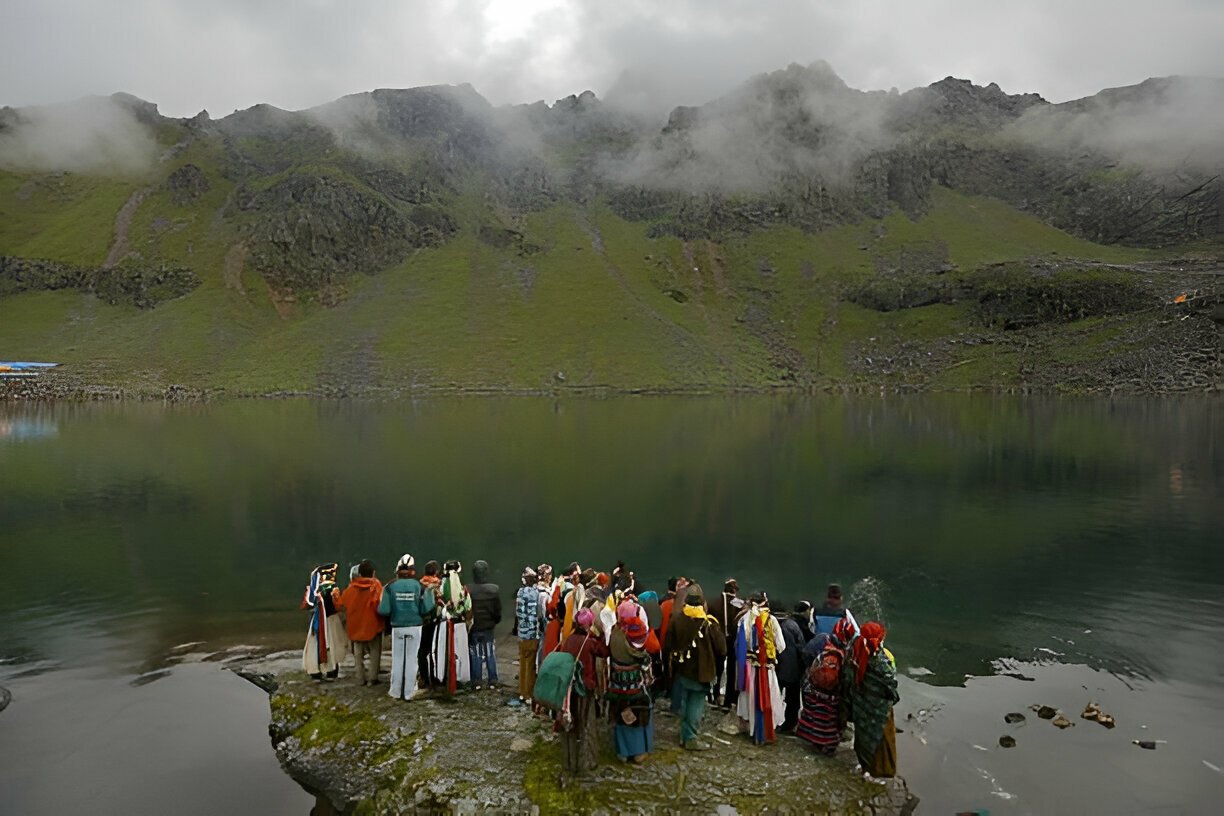
From $0
Price Varies from Group Size
Success
Here goes about why the success toast occurred.
 Itinerary
Itinerary
Arrival in Kathmandu (1,400m)
Kathmandu to Dhunche (1,950m)
Dhunche to Chandanbari/Shin Gompa (3,330m)
Chandanbari to Lauribina (3,910m)
Lauribina to Gosaikunda (4,380m)
Exploration Day at Gosaikunda
Gosaikunda to Lauribina Pass (4,610m) to Phedi (3,740m)
Phedi to Tharepati (3,640m)
Tharepati to Kutumsang (2,470m)
Kutumsang to Chisapani (2,215m)
Chisapani to Sundarijal (1,350m) to Kathmandu
Departure from Kathmandu
 Services
Services
Includes
- Experienced English-speaking trekking guide
- Private Transport (bus or jeep) between Kathmandu and trailheads
- Daily meals on the trek: breakfast, lunch, and dinner
- Teahouse accommodation throughout the trek
- All necessary trekking permits, including Langtang National Park entry fee and TIMS card
- Porter service (1 porter for every 2 trekkers)
- Staff insurance, equipment, and wages
Excludes
- Additional accommodation due to early return or unexpected delays
- Comprehensive travel and medical insurance for the trek
- Gratuities for the guides, porters, and trekking support staff
- International flights and entry visa fees for Nepal
- Personal trekking equipment and gear (sleeping bags, jackets, etc.)
- Extra food and drinks beyond the standard meals provided
- Hot showers and battery charging at teahouses (available for additional fees)
- Costs related to emergency evacuation if required
 Good to Know
Good to Know
Good physical fitness is essential due to significant altitude gain; prepare with cardio-focused training 2-3 months in advance; pack for extreme weather conditions as temperatures at Gosaikunda can drop below freezing even in summer; accommodation at higher elevations is very basic with shared rooms and limited facilities; bring sufficient cash as there are no ATMs on the route; water purification is essential; teahouses at higher elevations have limited electricity; acclimatization is crucial due to the relatively rapid ascent to 4,380m; and respect the profound religious significance of the lake by following appropriate behavior (no swimming, washing, or disturbing the water).
Wildlife Encounters
While trekking, keep an eye out for:
Musk deer in the forest sections, Himalayan tahr on rocky slopes, Red panda (extremely rare, but present in the region), Various pheasant species including the colorful Danphe, Himalayan monal (Nepal's national bird), Lammergeier (bearded vulture) and other raptors, Various small mammals like marmots and pikas at higher elevations, Numerous butterfly species in lower forested sections
 Reviews
Reviews
 FAQs (Frequently Asked Questions)
FAQs (Frequently Asked Questions)
Your queries are answered.
What is the religious significance of Gosaikunda Lake?
In Hindu mythology, Gosaikunda is believed to have been created by Lord Shiva when he thrust his trident (trishul) into the mountains to extract water to cool his throat after swallowing poison that threatened the universe. The lake is considered the abode of Lord Shiva and Goddess Gauri and is one of the most important pilgrimage sites in Nepal. During the August full moon festival of Janai Purnima, thousands of pilgrims from Nepal and India make the challenging journey to bathe in the sacred waters.
Do I need special permits for this trek?
You need the Langtang National Park entry permit (approximately $30) and the TIMS card (Trekkers' Information Management System, approximately $10). If you're continuing to Helambu, you'll also need the Shivapuri National Park permit.
What is the best time of year for this trek?
March to May and October to November offer the best conditions. Spring features spectacular rhododendron blooms and warmer temperatures, while autumn provides the clearest mountain views. The monsoon season (June-September) brings difficult trekking conditions with rain, fog, and leeches, but is culturally significant due to the Janai Purnima festival in August when thousands of pilgrims visit the lake. Winter (December-February) can be extremely cold at the lake's altitude with potential snow blocking the trails.
Is it possible to combine this trek with others?
Yes, the Gosaikunda Trek can be effectively combined with either the Langtang Valley Trek or the Helambu Trek, creating a more comprehensive 14-18 day journey. The most popular combination continues from Gosaikunda over Lauribina Pass to connect with the Helambu circuit, creating a diverse trek that ranges from high alpine terrain to middle-hill cultural areas.
What type of accommodation can I expect?
Teahouses exist throughout the route, though they become increasingly basic at higher elevations. At Gosaikunda itself, accommodation is very simple with shared rooms, minimal amenities, and basic food options. Lower elevation villages offer more comfortable teahouses with private rooms, dining areas with stoves for warmth, and simple bathroom facilities. Hot showers are rare at higher elevations, and electricity for charging devices is limited.
How should I prepare for the altitude?
The relatively rapid ascent to 4,380m makes proper acclimatization essential. The itinerary includes strategic acclimatization days, but trekkers should also prepare by staying well-hydrated, ascending slowly, considering preventative medications after consultation with a travel physician, and being ready to descend if symptoms develop. Previous experience at altitudes above 3,000m is beneficial but not absolutely necessary if the trek is approached carefully.
What happens during the Janai Purnima festival?
During the August full moon, thousands of Hindu pilgrims and shamans journey to Gosaikunda to bathe in the sacred lake, change their Janai (sacred thread), and perform rituals. The festival creates a fascinating cultural spectacle but also means crowded conditions, higher prices, and potential accommodation shortages. Trekkers interested in the cultural experience should book well in advance and be prepared for challenging monsoon weather conditions.
Is altitude sickness a serious concern on this trek?
Yes, with a maximum elevation of 4,610m at Lauribina Pass, altitude sickness is a legitimate concern. The itinerary incorporates appropriate acclimatization days, but trekkers should familiarize themselves with altitude sickness symptoms, ascend slowly, stay well-hydrated, avoid alcohol, and be prepared to descend if necessary. Carrying basic altitude sickness medication is recommended after consultation with a travel physician.
How physically fit do I need to be?
Good physical fitness is required for this trek. Being able to walk 5-7 hours daily with a light daypack over steep terrain is necessary. Preparation should include cardio training, particularly uphill hiking or stair climbing, for at least 2-3 months before the trek. The combination of challenging terrain and high altitude makes this more demanding than treks that remain at lower elevations.
What is different about trekking during the Janai Purnima festival?
Trekking during the August festival period provides a unique cultural experience but comes with significant challenges. The trails become crowded with pilgrims, teahouses fill quickly (often requiring advance reservations), prices may increase, and the monsoon weather brings rain, fog, and difficult trail conditions. However, witnessing the devotion of thousands of pilgrims making the journey in traditional attire and observing ancient rituals offers cultural insights that aren't available at other times of the year.




